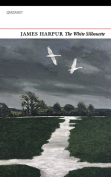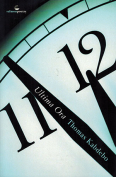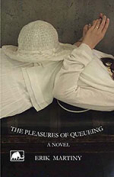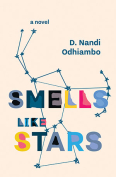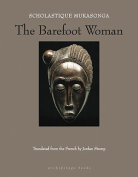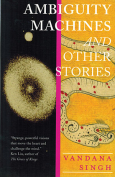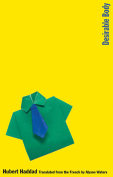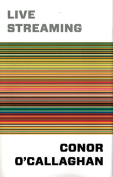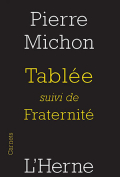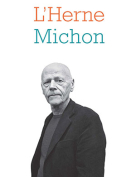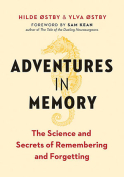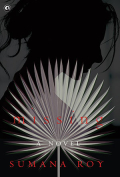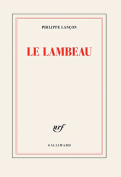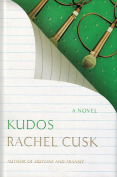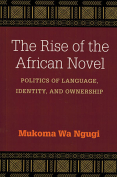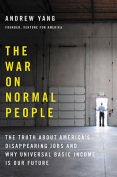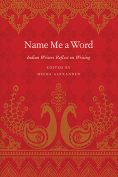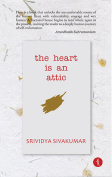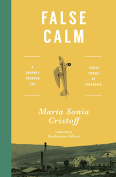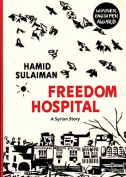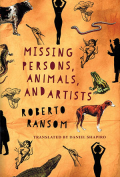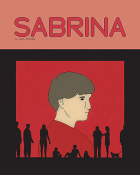Adventures in Memory: The Science and Secrets of Remembering and Forgetting by Hilde Østby & Ylva Østby
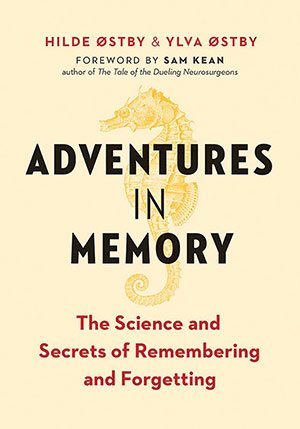 Vancouver. Greystone Books. 2018. 312 pages.
Vancouver. Greystone Books. 2018. 312 pages.
It sounds like a lovely pastime, diving to observe sweetly absurd-looking seahorses (genus Hippocampus), but what is its relevance to a book about memory? For this is indeed a wide-ranging book about how we remember past experiences and so also can predict the likelihood of future events. The Østby sisters—Hilda is a journalist and historian of ideas, Ylva a neuropsychologist—focus on human memory, though they can’t resist digressing now and then to tell us about, say, the uncanny ability of birds to memorize and adapt their songs or of slime molds to learn how to navigate mazes.
Nothing about what seahorses remember, though, but instead a lot about the hippocampal gyri, a paired, deeply buried structure of rolled-up cortex in the vertebrate brain. Each hippocampus (it actually looks not so much like a seahorse, more like a tapering sausage) acts together with adjacent cortical areas to drive the consolidation of experiences into memory traces. Damage to one hippocampus is not incapacitating, but the loss of both seriously impairs memory retention for more than the few minutes of the short-term memory span.
We are given a fascinating, if brief and somewhat eclectic, account of how the hippocampus works and connects to brain-wide networks, but the writers are more at home with the psychological aspects of memory. They review hypotheses about why we can’t remember childhood events and then widen the discussion to the role of autobiographical (episodic) memory: so central to self-awareness yet some people manage with very little—how is that possible? Why do we create persistent false memories of experiences we haven’t had (problematic for the police and the courts, for a start)? They confirm the everyday observation that memory is context dependent—“Where have I been before missing my car keys?”—and relate this to the hippocampal networks that encode place and direction of movement.
Place- and direction-sense turn up again in answers to the question, “How can I improve my memory?” as professional “memory performers,” including actors and musicians, discuss their techniques. The rest of us are reminded, kindly, that forgetting can be a kind of benign pruning of the retention system. Only brief mentions are made of pathological variants of forgetfulness, as in attention deficit disorder, clinical depression, or dementia.
Overall, the scientific and clinical material is solidly researched but brought alive in personalized anecdotes and in sisterly discussions. They write with such a persuasive mixture of intelligence, enthusiasm, and charm that occasional irrelevances (those seahorses) and too-long chatty passages merge into the engrossingly readable, thought-provoking whole.
Anna Paterson
House of Glack, United Kingdom
